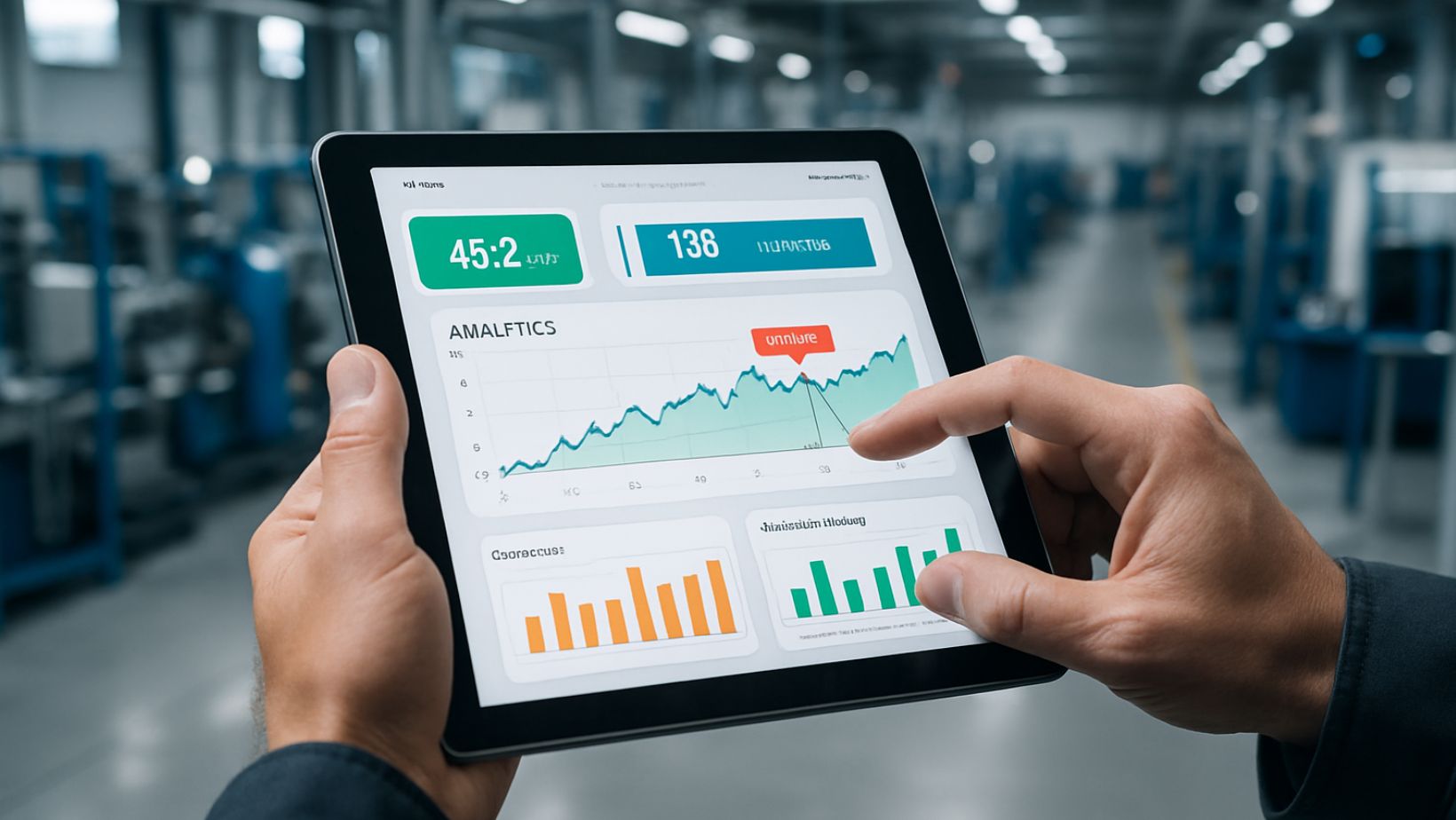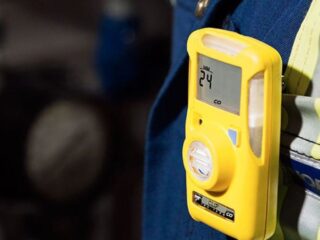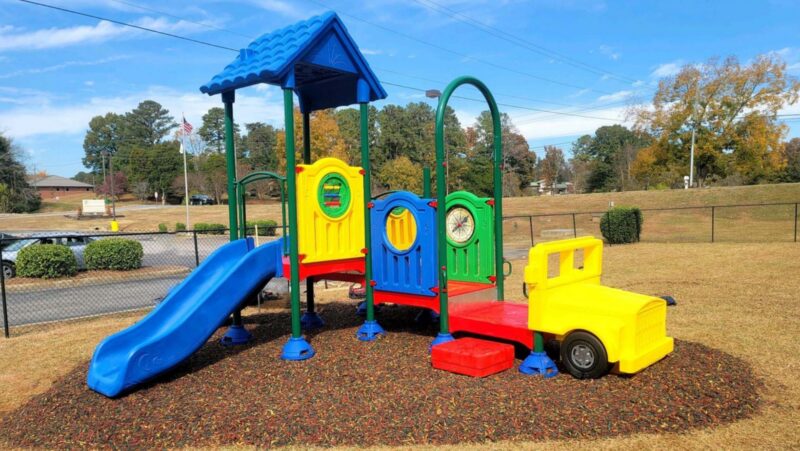
A single hour of unexpected HVAC failure can cost a mid-size commercial building thousands in lost productivity and emergency labor. Multiply that across dozens of critical assets, and a reactive, “fix-it-when-it-breaks” maintenance strategy quickly erodes your Net Operating Income (NOI).
This approach incurs high emergency repair costs and leads to dissatisfied tenants and reputational damage. In the United States, as much as 30% of the energy commercial buildings consume is considered excess, much of which is due to the inability to manage building operations efficiently.
Fortunately, a new stack of connected technologies like smart sensors, IoT gateways, and real-time analytics is turning the tables. This guide walks managers through moving from outdated schedules to a modern, data-driven maintenance model. The goal is to slash downtime, reduce operational costs, and extend the functional life of your most critical assets.
Preventive vs. Predictive
Understanding the core maintenance strategies is the first step. Preventive Maintenance (PM) involves time-based tasks, like a quarterly filter change. While it reduces the risk of catastrophic failure, it often leads to over-servicing healthy equipment, wasting labor and materials.
Predictive Maintenance (PdM) is condition-based. It leverages real-time sensor data and AI-driven analytics to anticipate and address equipment failures before they occur. This approach minimizes downtime and optimizes maintenance costs by triggering service only when needed.
Side-by-Side Benefit Snapshot
| Attribute | Preventive | Predictive |
|---|---|---|
| Unplanned Downtime | ↓ 20-25 % | ↓ 40-50 % |
| Parts & Labor Cost | ↓ 10 % | ↓ 20-30 % |
| Asset Life | +15 % | +25 % |
The most resilient facilities blend both approaches. They use PdM for high-value assets where sensors provide a clear return. They continue using a lean PM schedule for lower-risk equipment where the ROI for advanced monitoring is marginal.
| Key Insight: Predictive Maintenance doesn’t just replace preventive schedules; it optimizes them. By using real-time data to service assets only when needed, you eliminate waste and dramatically reduce costly, unexpected downtime. |
The Brains of the Operation
Smart sensors are the foundation of any predictive maintenance program. They continuously capture key operational data like temperature, vibration, and current draw. This information provides real-time, 24/7 visibility into asset health without manual readings.
Temperature & Humidity Sensors
These devices are essential for monitoring occupant comfort and preventing conditions that lead to mold growth. They also flag HVAC inefficiencies long before a unit fails or energy bills spike.
Moisture & Leak Sensors
Installed under condensate pans, in restrooms, and on rooftops, these sensors provide instant alerts at the first sign of water. This early detection is critical for preventing catastrophic water damage and protecting building integrity.
Electrical-Current Sensors
By measuring the amperage on motors and pumps, these sensors can detect subtle changes that indicate impending issues. This includes problems like bearing wear or phase imbalance, often weeks before a complete failure.
Movement & Access Sensors
Data from door cycles, elevator vibration patterns, and even parking gate counts can inform maintenance schedulers. This helps optimize service based on actual equipment usage rather than a fixed calendar. This sensor-driven approach extends beyond the building’s walls.
The heavy machinery used for grounds maintenance and construction also benefits from predictive monitoring. Ensuring the health of these complex machines is critical, as a breakdown can halt projects, and proactive maintenance, supported by reliable heavy-duty excavator parts from HW Part Store, prevents these costly delays, safeguarding machine longevity.
Sensor Selection Checklist
Consider the following factors when choosing sensors for your facility:
- Operating Environment & IP Rating: Ensure the sensor is rated for its intended location (e.g., outdoor, high-moisture).
- Accuracy & Calibration Interval: Confirm the sensor meets the precision needs for the asset being monitored.
- Battery Life/Serviceability: Choose sensors with long battery lives or accessible power sources to minimize maintenance.
- Native Integration: Look for compatibility with common protocols like BACnet, Modbus, MQTT, or a REST API.
- Cybersecurity Certifications: Verify that the device meets security standards to protect your network.
| Pro Tip: When selecting sensors, prioritize native integration with your Computerized Maintenance Management System (CMMS) and strong cybersecurity. This ensures seamless data flow and protects your network, making your smart system both effective and secure from the start. |
Connecting the Dots with IoT
An Internet of Things (IoT) architecture is the network that links sensors to cloud analytics and your CMMS. Typically, a gateway aggregates data from multiple sensors and pushes it to a secure platform. This creates an automated workflow that transforms a sensor alert into tangible action.
Example Workflow
Here is how a typical automated workflow operates:
- A leak sensor in a mechanical room crosses its water detection threshold.
- The IoT gateway instantly relays the alert to the CMMS platform.
- The CMMS automatically creates a high-priority work order and assigns the nearest available technician.
- The technician arrives, fixes the issue, closes the ticket on their phone, and the system logs the repair time automatically.
This same data pipeline can be configured to escalate alarms to a facility manager via SMS. It can also integrate with a Building Management System (BMS) for automated responses like shutting off a water valve.
Turning Data into Action: Analytics & Reporting

Raw data from sensors is only useful once it’s translated into actionable insights. A modern CMMS or analytics platform visualizes this information through dashboards that track critical metrics.
Key Performance Indicators
Essential metrics to track include:
- MTBF (Mean Time Between Failures): Measures the average uptime of an asset, helping identify unreliable equipment.
- MTTR (Mean Time To Repair): Tracks how quickly your team resolves issues from detection to completion.
- Energy Use Intensity (EUI): Highlights energy consumption patterns to identify inefficient assets. Properly tuned controls can cut commercial building energy consumption, making this a critical KPI to track.
- Work-Order Backlog Age: Shows how long tasks remain open, indicating potential resource or skill gaps.
Advanced Analytics
Beyond simple dashboards, advanced analytics use trend-line deviations and machine-learning models to flag anomalies before they become problems. For instance, an algorithm could detect a gradual 3°C rise in a compressor’s operating temperature over several days, a clear sign of failing components that a human might otherwise miss.
Choosing Maintenance Management Software
The right CMMS acts as the central hub for your smart maintenance strategy. It integrates sensor data with work orders, inventory, and reporting.
Must-Have Features
Look for these essential features:
- Mobile work orders with an offline mode for areas with poor connectivity.
- Integrated parts and inventory tracking to ensure technicians have what they need.
- An open API to easily connect with data from various sensor manufacturers.
- Customizable dashboards and robust ESG (Environmental, Social, and Governance) reporting capabilities.
Key selection factors should include your budget, the number of assets you manage, and how easily the software can integrate with your existing systems.
Implementation Roadmap & Ideal Practices
Transitioning to a predictive maintenance model is a journey, not a switch-flip. A phased approach ensures buy-in and demonstrates ROI along the way.
Follow these steps for a successful implementation:
- Benchmark Current State: Audit your most critical assets, their failure history, and any skill gaps within your technical team.
- Pilot Program: Deploy sensors on a small number of high-risk or high-value assets, such as central chillers.
- Systems Integration: Connect the pilot sensors to your chosen CMMS and define meaningful alert thresholds and workflows.
- Upskill the Workforce: Provide comprehensive training on the mobile app, new escalation procedures, and how to interpret data trends.
- Quarterly Analytics Review: Meet with stakeholders to review data, adjust PM schedules based on new insights, and verify the return on investment.
- Portfolio-Wide Rollout: Once the pilot is successful, replicate the standards across your portfolio and track improvements in key metrics.
| Pro Tip: Don’t aim for a portfolio-wide rollout from day one. Start with a pilot program on a few high-value assets to prove ROI, refine workflows, and gain stakeholder buy-in before scaling. |
Future-Proofing Facilities
The evolution of smart buildings is accelerating. The next wave of technology will push maintenance efficiency even further.
Emerging technologies include:
- AI/ML Self-Healing Systems: Algorithms will predict failures and automatically dispatch technicians and reorder necessary parts.
- AR Wearables: Augmented reality glasses will provide technicians with hands-free, step-by-step repair guidance.
- Robotics & Drones: Automated drones will inspect building façades and hard-to-reach rooftops, improving safety and reducing costs.
- Standards Evolution: Emerging standards will streamline data exchange for digital twins, boosting interoperability between systems.
The Future of Facility Management Starts Now
The shift from reactive to predictive maintenance is an accessible strategy for any commercial property manager looking to improve efficiency.
By leveraging a connected ecosystem of smart technology, facilities can achieve unprecedented levels of uptime and asset longevity.
Smart sensors supply real-time asset data needed for condition-based monitoring, while IoT connectivity and analytics platforms turn that raw data into predictive work orders, with modern CMMS platforms closing the loop by managing workflows, tracking inventory, and reporting on performance.
The best approach is to start small by piloting a handful of your most high-value assets, validating the ROI, and expanding from there. This journey toward smart maintenance will help you build a more resilient, efficient, and profitable property. Taking the first step today positions your facility for long-term success in an increasingly competitive market.












